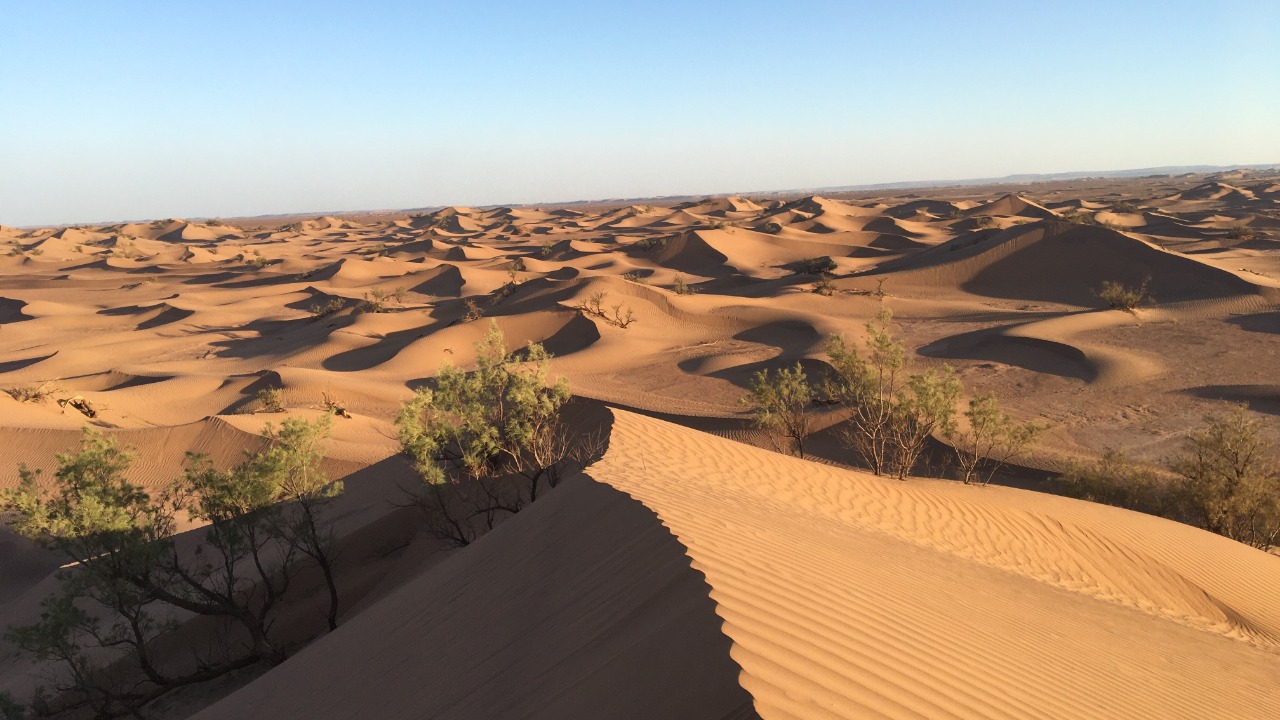
The Sahara Desert, one of the world’s most inhospitable environments, has a hidden history that is slowly being revealed. Recent archaeological excavations have unearthed a treasure trove of ancient artifacts, suggesting the existence of a once thriving oasis. These findings provide a window into the Sahara’s vibrant past, when it was a lush, green landscape teeming with life.
Unearthing the Sahara’s Hidden Treasures
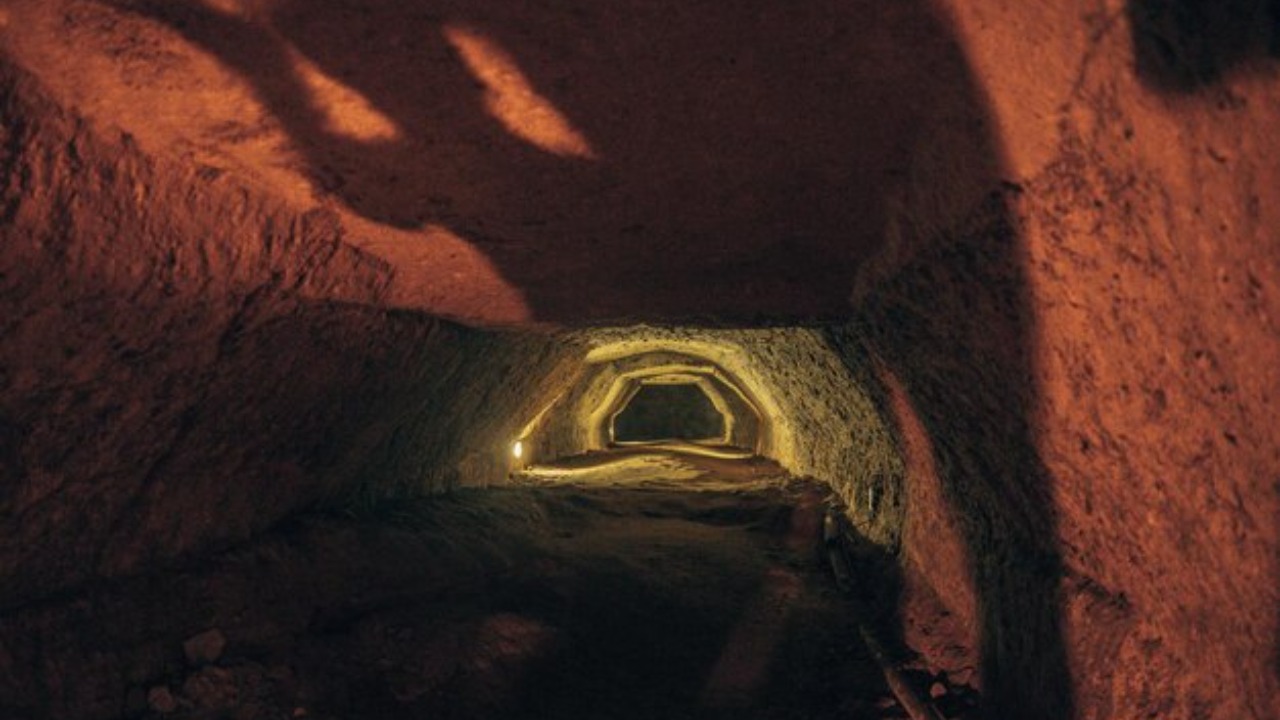
The artifacts discovered in this vast desert range from pottery fragments and stone tools to animal bones and plant remains. Found at various sites across the Sahara, these relics date back to different periods of history, some as far back as 10,000 years ago. The locations of these finds, often near ancient riverbeds or lake shores, suggest the presence of water bodies that are now long gone.
These discoveries not only enrich our knowledge of the Sahara’s history, but also help reshape our understanding of its past. These artifacts, preserved under layers of sand for millennia, provide tangible evidence of the region’s dynamic climatic history and the vibrant ecosystems that once flourished here. They also reveal that the Sahara was not always the desolate desert it is today, but a lush landscape teeming with life.
The Sahara’s Past: A Greener Landscape
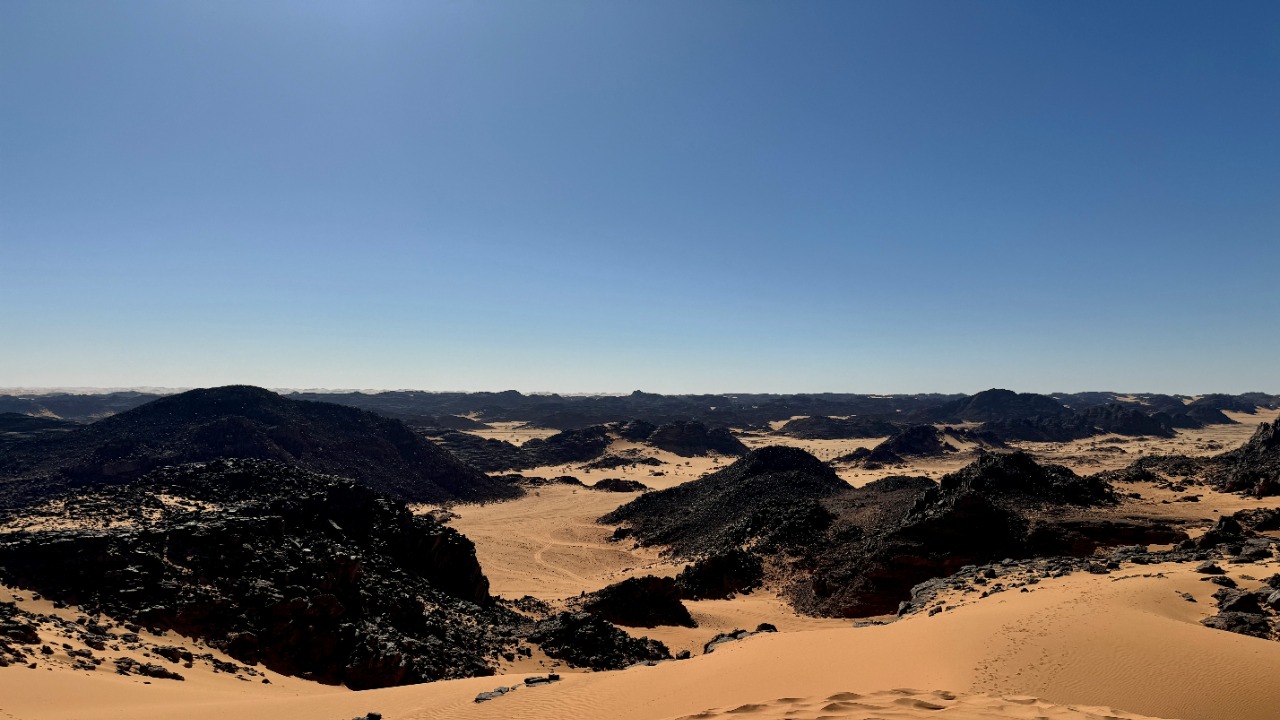
Scientific studies, such as those published in Springer’s Arabian Archaeology and Epigraphy journal, suggest that the Sahara experienced periods of increased rainfall and humidity in the past. These wetter conditions led to the formation of lakes, rivers, and even lush greenery. There is evidence of a wide variety of plant and animal life that once thrived in the Sahara, including species of crocodiles, hippos, and large grazing mammals.
These conditions also made the Sahara a suitable place for human habitation. Archaeological findings suggest that human societies, equipped with stone tools and pottery, thrived in this landscape. They hunted, fished, and even practiced agriculture, taking advantage of the fertile soil and abundant water resources.
Life around the Lost Oasis
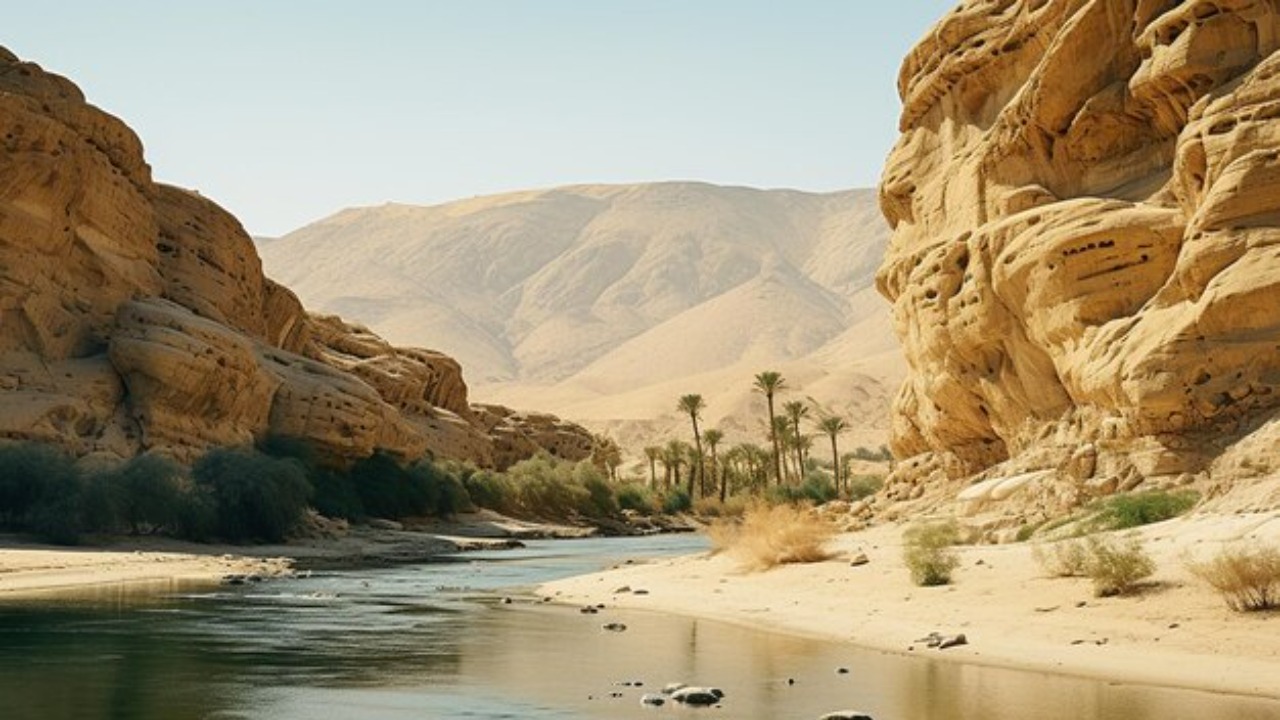
Oases played a crucial role in supporting life in the Sahara. Serving as vital water sources in an otherwise arid landscape, they became hubs of human activity. Archaeological evidence, including remnants of dwellings, hearths, and even burial sites, suggests that people lived around these oases, forming settled communities.
A study featured in Cambridge’s Libyan Studies provides compelling evidence of human settlements around the lost oasis. The presence of pottery fragments, stone tools, and animal bones indicates that these settlements had access to resources necessary for survival and even prosperity.
Deciphering the Artifacts: A Peek into the Past
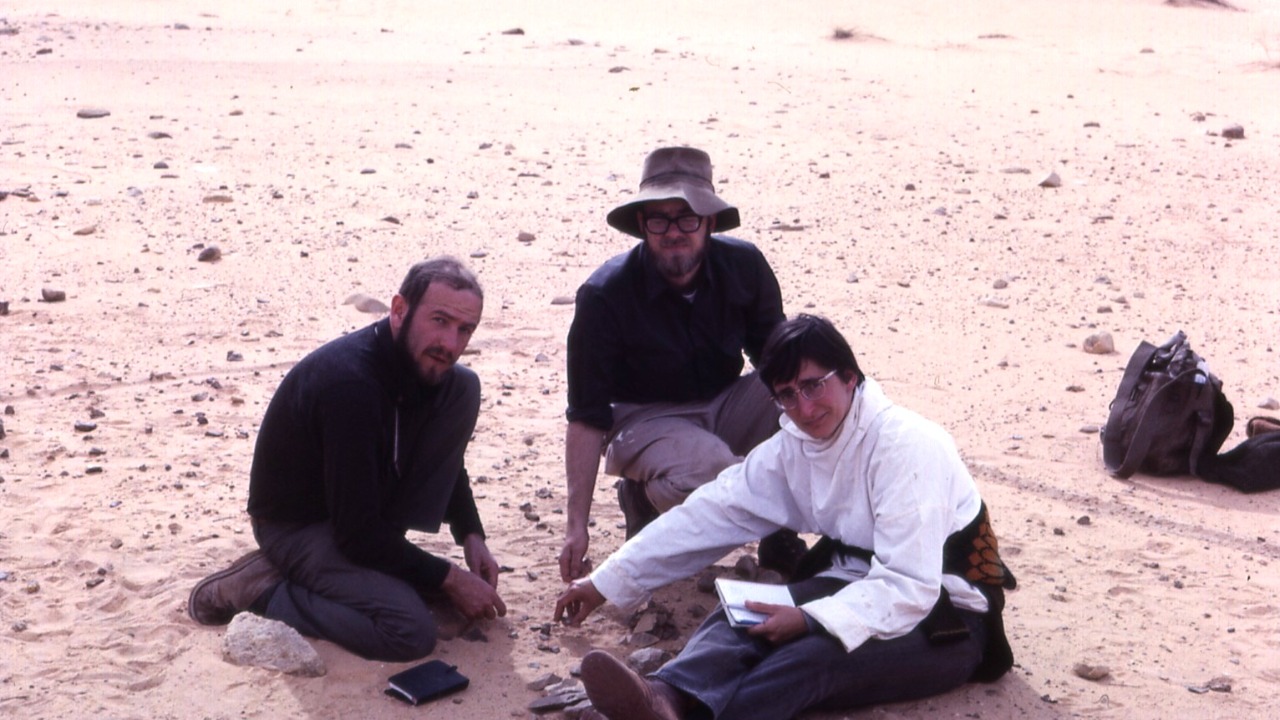
Radiocarbon dating techniques have been used to determine the age of the artifacts found in the Sahara. A study published in Radiocarbon reveals how these techniques help us piece together the timeline of the Sahara’s climatic and cultural history.
The artifacts reveal much more than just the age of the settlements. They provide insights into the cultures, lifestyles, and belief systems of the people who lived around the oasis. For instance, the types of pottery and stone tools found suggest the kind of activities they engaged in, such as hunting, fishing, and pottery-making. Animal bones and plant remains shed light on their diet and agricultural practices.
The Sahara’s Transformation Through the Ages
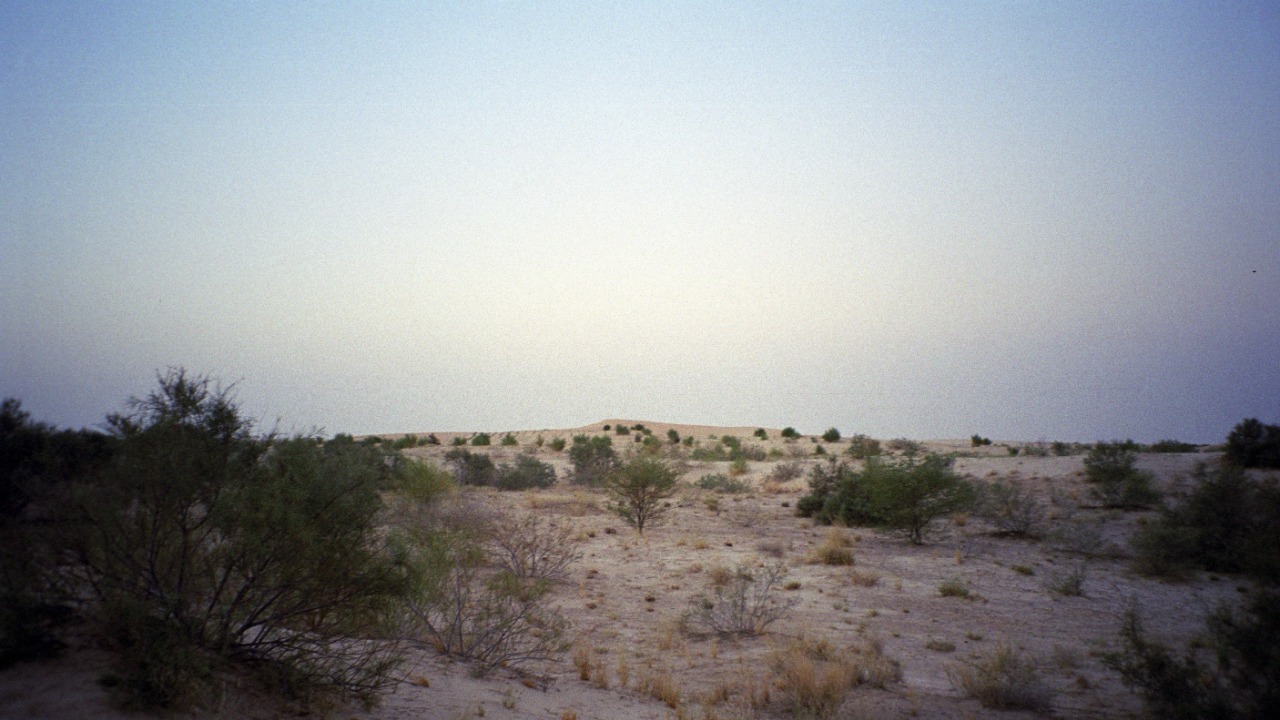
Theories abound about how and why the Sahara transitioned from a lush, green landscape to a desert. Some scientists believe that changes in the Earth’s orbit led to a shift in the climate, reducing rainfall and turning the Sahara into the desert we know today. Others suggest that overgrazing by animals and deforestation by humans may have contributed to this transformation.
The Sahara’s transformation had profound impacts on the civilizations that called it home. As the environment became more arid, life around the oasis became increasingly challenging. This led to migration, as people moved in search of more hospitable lands. These migrations, and the changes in lifestyle they necessitated, have left indelible marks on the cultures and societies of North Africa, as evidenced in intriguing documentaries like those featured on Factual America.